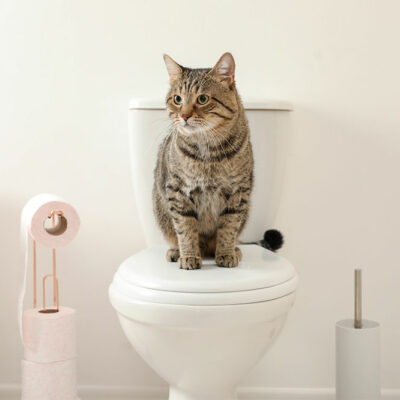
Home and Garden
4 things to avoid to control mosquitoes in lawn or yard
Mosquitoes are never welcome in homes or otherwise. They are the carriers of many diseases, especially Malaria. In some seasons, staying out in the garden becomes tough because these little insects keep growing and, lead to uncomfortable evenings. However, there are some tips and tricks that can help ward off these insects completely from the yard. Here are some things to avoid to control mosquitoes in the lawn, garden, or the yard of the house. Standing water Mosquitos lay their eggs in standing water. This can be rainwater collected in a puddle, in the garbage can, or anywhere else, swampy potted plants, gutters clogged with debris and water, and so on. In many homes, there are bird baths and even kiddie pools, and it is advised to change this water frequently, like a few times a week. To avoid mosquito breeding, one can use fountains instead of stagnant bird baths since the running water prevents mosquitoes from laying eggs. Apart from this, other measures to keep mosquitoes at bay include using larvicide biscuits. These biscuits, also known as mosquito dunks, are completely safe for humans and pets in households. They are also safe for tadpoles but prevent larvae from hatching.




















